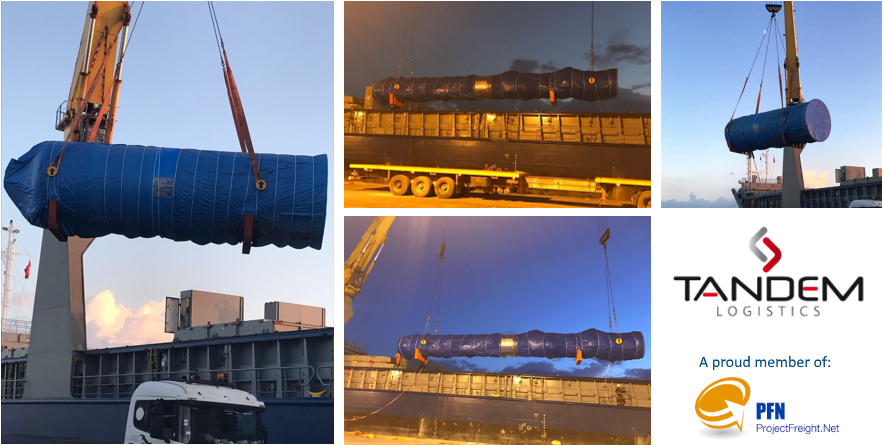The container shipping market is currently navigating a precarious balancing act, akin to teetering at the top of a sharp pyramid. Predicting freight rates over the next six months has become increasingly challenging due to diverging paths leading to vastly different outcomes.
To comprehend this delicate equilibrium, it’s essential to delve into the layers that constitute the underlying market balance.
Layer 1: Baseline Fundamentals
Demand growth of approximately 8% over the past five years, coupled with a fleet expansion of 25%, has resulted in significant overcapacity within the container shipping industry. Despite efforts such as slow-steaming, an excess of around 1.5 million TEUs of capacity is anticipated to be injected into the market throughout 2024, exacerbating the overcapacity issue.
Layer 2: Red Sea Crisis
The prolonged closure of the Suez Canal has forced vessels to take longer routes around southern Africa, leading to a notable shift in demand when measured in TEU miles. While the existing overcapacity from Layer 1 is just sufficient to accommodate these diversions, any additional disruptions could upset this delicate balance.
Layer 3: Increasing Port Congestion
Port congestion in key regions like Asia and the Western Mediterranean has been escalating gradually, reaching a critical point in recent months. This escalating congestion, previously overlooked, now poses a significant challenge due to the lack of excess capacity in the global supply/demand balance.
Layer 4: Sudden Spike in Demand
An unforeseen surge in demand has caught industry players off guard, resembling an early onset of the peak season. This spike, possibly driven by concerns over potential disruptions on the US East Coast due to labor negotiations, has strained capacity further, reminiscent of the challenges faced during the early stages of the pandemic.
The current market situation mirrors the capacity shortages witnessed during the pandemic disruptions, with rates soaring to unprecedented levels. However, the trajectory of future rate developments hinges on the reopening of the Red Sea route. The sporadic attacks by Yemeni Houthi rebels continue to pose a threat, prompting cautious approaches from global carriers.
The looming uncertainty leaves shippers grappling with the daunting task of planning supply chains and managing freight budgets for the remainder of 2024. With two starkly different scenarios on the horizon — a sustained boom in rates or a sharp decline if the Red Sea reopens — the industry remains on edge, awaiting developments that could reshape the container shipping landscape.
The container shipping market’s resilience will be tested as it navigates through these turbulent waters, with the reopening of the Red Sea route serving as a pivotal factor in determining future outcomes.
Source:cello-square





